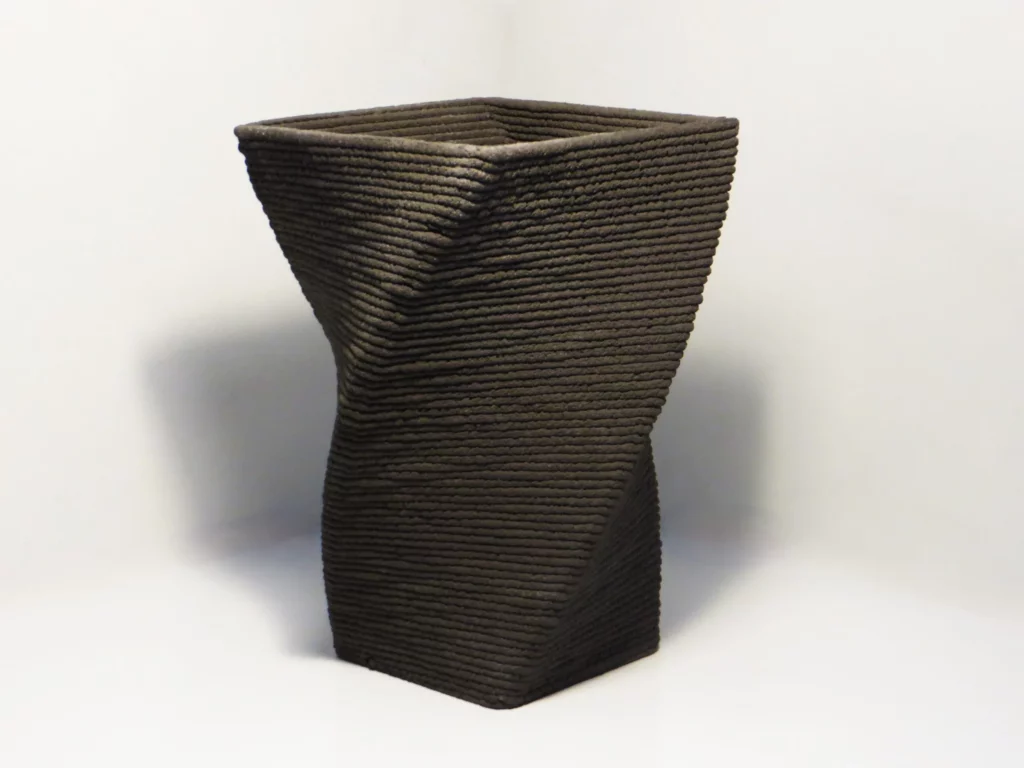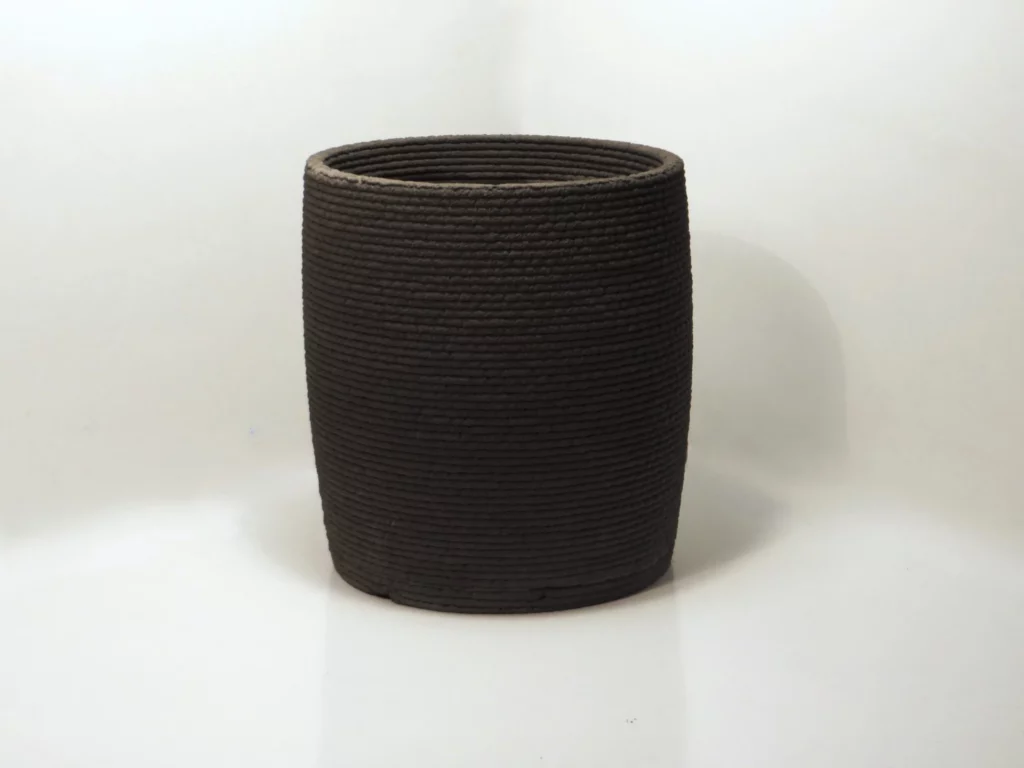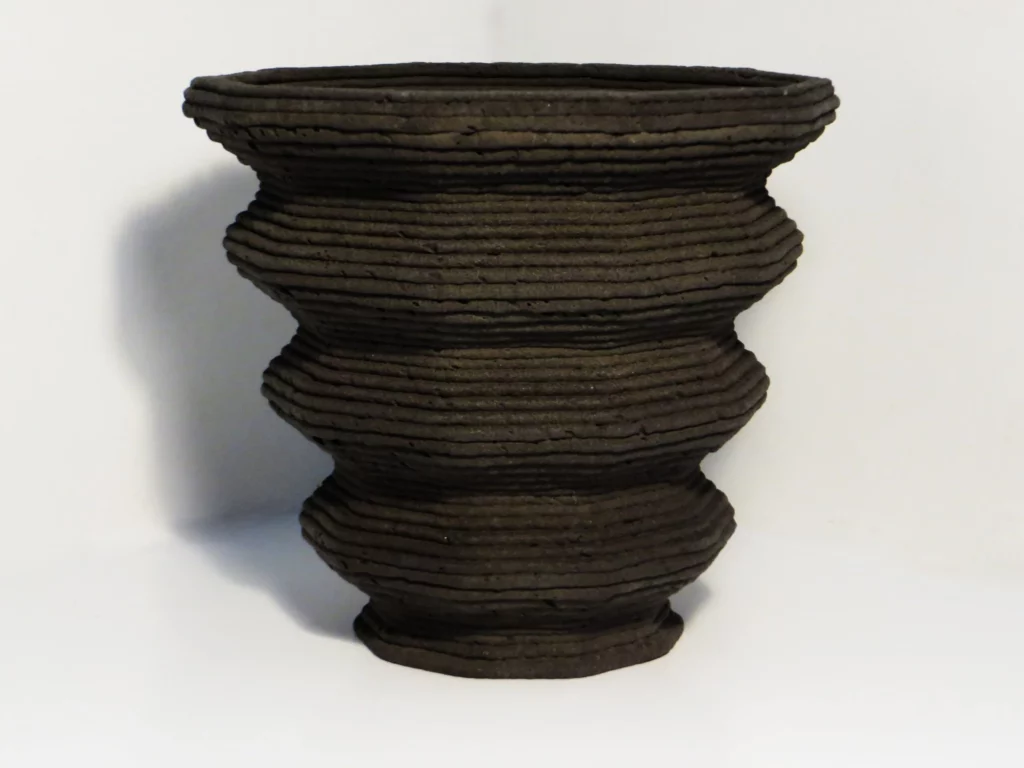Concrete 3D Printing
Do you have a design? Get it 3D printed in concrete
The contact form allows you to easily submit your designs for review. After the message is sent, you will receive a response as soon as possible with information about the printability of your design.
During my Mechanical Engineering studies, I discovered that 3D printing with concrete is neither practical nor widely available, while 3D printing with materials like plastic, clay, and metal is already common practice. This discovery inspired me to fully focus on developing a reliable and user-friendly concrete 3D printer after completing my studies. Now that this goal has been achieved, the next step has arrived: making concrete 3D printing even more accessible in order to promote further developments.
Frequently Asked Questions
What is concrete 3D printing?
This is a process where a 3D printer builds concrete layer by layer to transform digital designs into physical structures. Because no traditional molds are needed, complex shapes can be created that are difficult or even impossible to achieve with conventional techniques. Additionally, concrete is only applied where it is needed, significantly reducing material consumption and drastically cutting down on waste. The use of 3D printing technology thus reduces reliance on traditional construction methods, which are often wasteful and less sustainable.
Additive manufacturing with concrete offers a more sustainable alternative for the construction sector, with great potential to radically change the way we build. Moreover, it plays an important role in automating construction processes, reducing physical labor and allowing skilled workers to be deployed more efficiently. Thanks to this improved efficiency, construction projects in the future can be completed faster and more cost-effectively, enabling more to be achieved within the same time and resources.
When this technology is fully developed and accepted by both companies and regulations, 3D printing with concrete can become a standard method that will structurally transform the construction industry.
What are applications of 3D printing with concrete?
Concrete 3D printing is emerging worldwide and is increasingly being applied across various sectors. Although it is not yet widely adopted or highly visible, companies, universities, and researchers are actively engaged in setting up experimental construction projects, developing prototypes, and testing applications, which has led to the development of the following innovations:
- Infrastructure: Bridges, street furniture, urban objects, and public space furniture that can be printed with concrete 3D printing for more sustainable results.
- Construction & Housing: 3D printing of concrete walls, prefab elements, advanced parametric facades, and other innovative applications in the construction sector.
- Ecology & Nature Restoration: Artificial coral reefs, fish habitats, and sustainable coastal protection through concrete 3D printing. Concrete molds for coastal protection can also be printed, contributing to strengthening coastlines and protecting the environment.
- Art & Creative: Vases, sculptures, and other decorative objects printed in concrete. The art world is experimenting with unique shapes and structures made possible by this technology.
What should I consider when submitting my design?
When submitting a design, there are several important considerations to ensure the design can be properly printed. It’s important that the design meets some basic requirements. We will slice your model and discuss whether the design is feasible. Of course, we will communicate all necessary information and point out any adjustments needed for optimal results. Check the full print specifications or contact us here for detailed guidelines on submitting designs.








